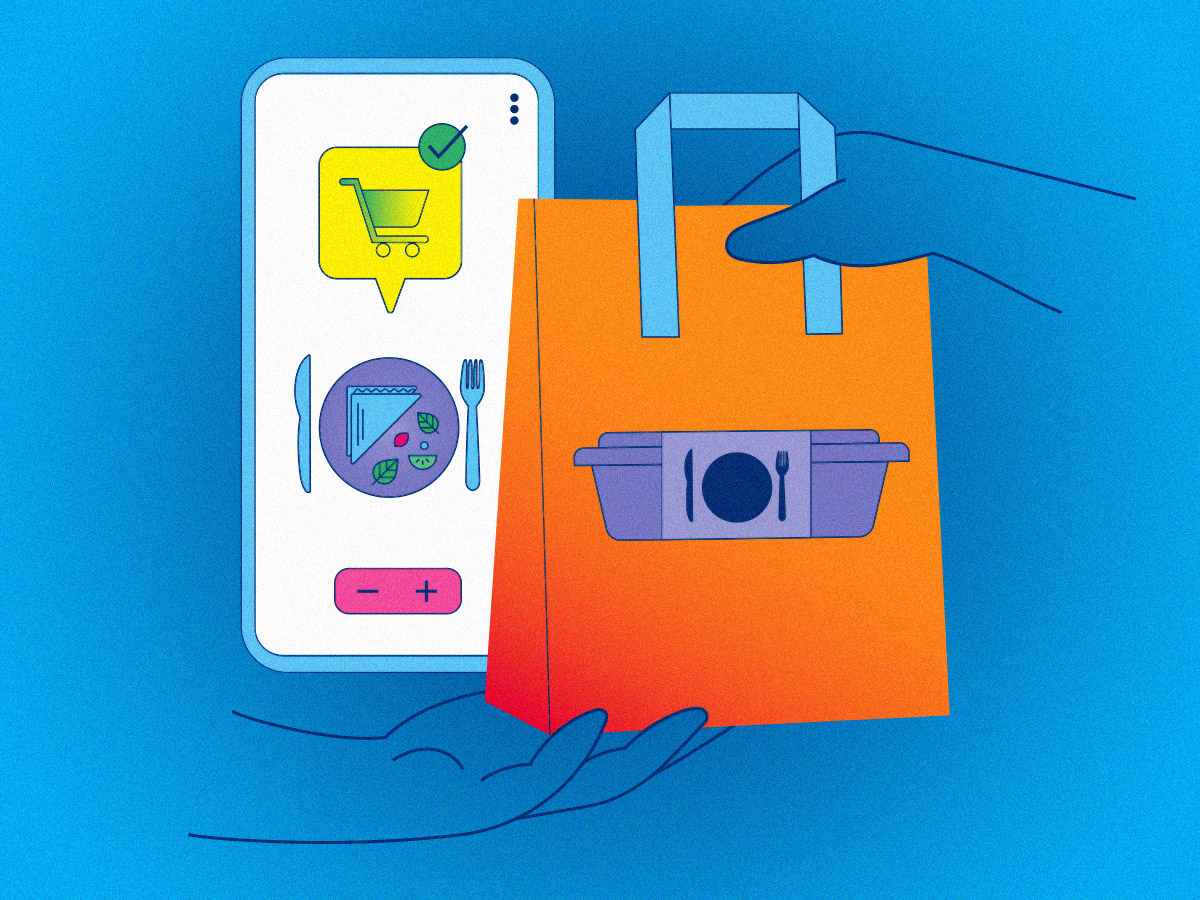Food for life: Cultivating, sustaining and transforming
Regulating food safety in an age of online take-out
360 Degrees
Regulating food safety in an age of online take-out

Thanks to online food ordering apps and delivery services, customers can order meals on demand with just a few clicks. But what else should you know about where your delivered food comes from?
When dining at a bricks-and-mortar restaurant, consumers can typically be assured the kitchen and its staff are subject to public health and safety regulations and inspections. This assurance is less certain when ordering through online platforms, which have increased in use in recent years.
Lincoln Alexander School of Law professor Angela Lee is researching the intersection of food regulations and technology, contending that “careful governance of online food marketplaces” is essential. She suggests the issue goes beyond enforcing food handling rules. Regulators should consider the broader societal and environmental impacts – like the effect Airbnb has had on housing – that can occur when technology outpaces laws. “Regulatory responses to new and emerging technological and social developments need to appropriately account for the full context in which such developments operate,” she said.
One of professor Lee’s recent projects examined two types of online food marketplaces, Micro-Enterprise Home Kitchen Operations (MEHKOs) and “cloud kitchens.” MEHKOs are home-based businesses that produce food to sell directly to consumers on a small-scale, sometimes through apps. Cloud kitchens use commercial kitchens to prepare food strictly for delivery or take-out, with operators ranging from small businesses to major chains like Walmart. While they’ve been around since 2013, the popularity of cloud kitchens exploded during the COVID-19 pandemic.
Regulations in Canada and the U.S.
Professor Lee researched the development and regulation of these platforms in Canada, particularly Ontario and several states in the U.S. Different jurisdictions and political cultures have shaped laws around the introduction of these technologies in a variety of ways. In some U.S. states, the “food freedom” movement has had an influence on shaping laws. In Ontario, the sale of home-prepared, “low-risk” food such as baked goods and preserves has been permitted since 2020, while other options have not been approved.
Technological developments have helped facilitate the direct sale of homemade foods to consumers, such as through apps like Cookin’, which launched in Toronto in 2022 and recently expanded to Dallas, Texas. Cookin’ allows users, from hobbyists to trained chefs, to sign up and sell their wares directly to customers. The platform does require health and safety attestations, as well as virtual and occasional in-person inspections, but it is not clear how these requirements are enforced.
Benefits and challenges
Delivery apps offer benefits such as consumer choice, convenience and supporting the local economy and entrepreneurs. Unfortunately, there can be a lack of transparency about who is really behind a cloud kitchen, and the stripped-down nature of the operations can increase the already tough workloads and pressures faced by workers. Professor Lee says it can be a struggle for officials to track the increasing numbers of cloud kitchens, which can create challenges in terms of food safety enforcement. There can be a lack of traceability procedures and hazard protocols at home-based operations, which can interfere with identifying the source of food-borne illness outbreaks.
An opportunity to lead
Professor Lee’s research shows food regulations are a complex web of federal, provincial/state and municipal laws and enforcement, and the addition of technology makes it even more complicated. She recommends regulators start with enforcing already-existing food safety rules and standards. These regulations can act as guardrails around emerging technology-driven food options, affording governments time to develop deeper understandings of potential solutions.
There is an opportunity for food law to lead instead of follow, she says. While issues relating to MEHKOs and cloud kitchens lend themselves well to local governance, the underlying considerations are not just local. “I think that bigger picture questions related to the relationship between law, technology and corporations should be engaged with at the federal level,” she said.
